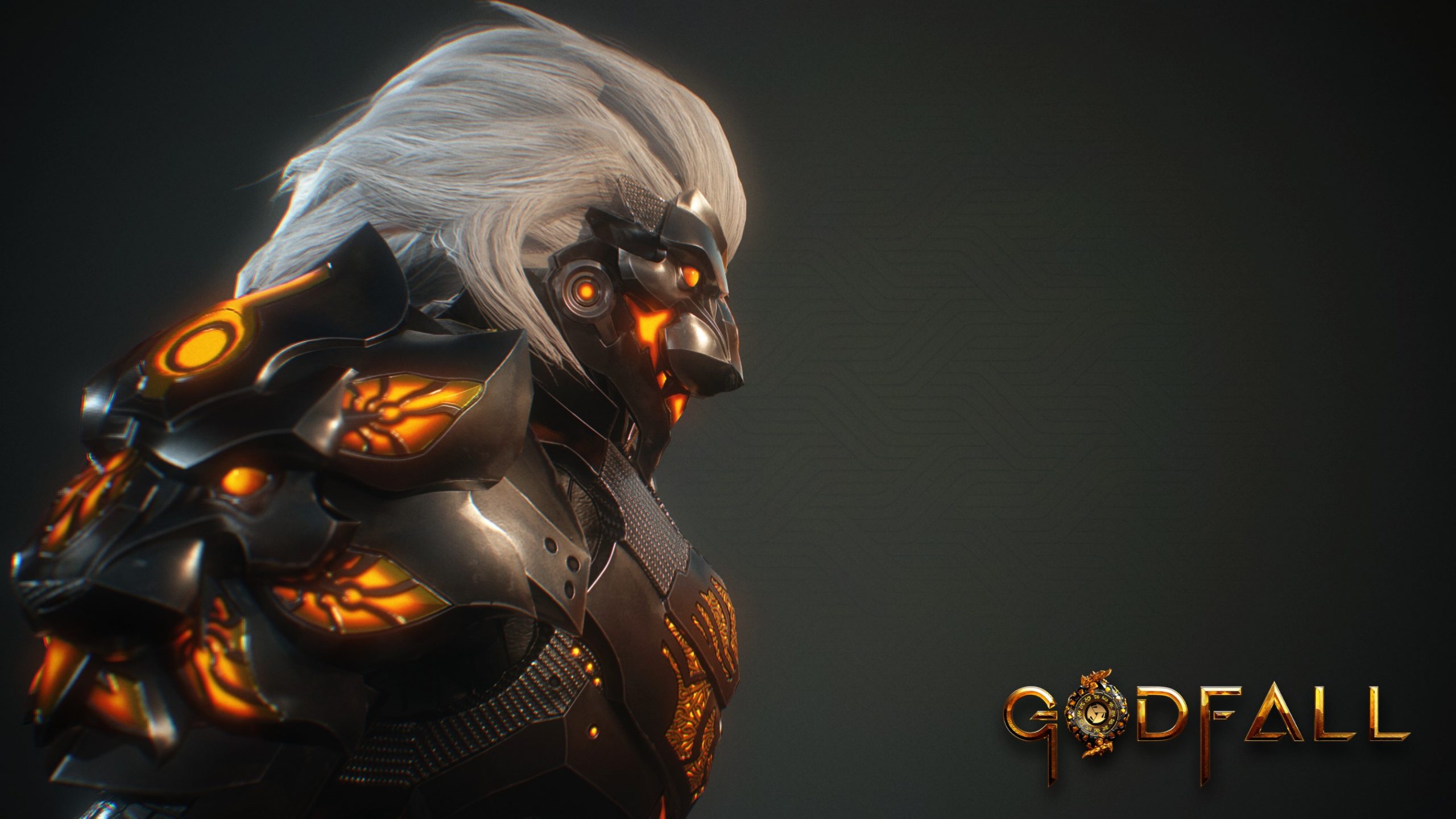
AMD calls their technique an "advanced edge reconstruction algorithm," which is combined with a sharpening pass to create the final image.
#1080p godfall how to
However, with less data to work with, spatial upscaling algorithms need to be really good at figuring out how to reconstruct the image, and traditionally this is where they've fallen short.ĪMD hasn't gone into great detail on how their algorithm works, but they tell us this is not a simple rehash of bilinear upscaling, which is the 'standard' method for spatial upscaling. This greatly simplifies the algorithm - spatial upscaling does not rely on data from multiple frames, or motion vectors, which makes it easier to integrate into games as there are less data inputs. AMD tells us that AI is not used at any stage of the FSR process (so FSR is not the technology described in that patent that's been floating around). Instead of using temporal upscaling, FSR relies exclusively on spatial upscaling. DLSS has gone through more than one iteration, and right now at version 2.0, it's a major improvement over the initial release and it's also gathered decent game support after much work from Nvidia.įSR takes a different approach.

Temporal upscaling means data is accumulated from multiple frames and combined into the final image, with the AI component running on Nvidia's Tensor cores to assist with this reconstruction. The most prominent form of this today is Nvidia's DLSS, the company's proprietary AI-based temporal upscaling solution that runs on GeForce RTX GPUs. Reducing the rendering resolution improves performance substantially, and if the upscaling technique is good enough, this can be achieved while preserving most of the image detail. Like DLSS and checkerboard rendering, the concept is that you can reduce the game's rendering resolution, and use an algorithm to upscale the image to your target resolution, typically the native resolution of your monitor. What is FSR?įSR is an upscaling technology that's designed to improve the performance of games at minimal loss to visual quality.

We've got a stack of quality comparisons at different resolutions, performance benchmarks across several GPUs, and comparisons to other upscaling technologies. This article is going to be a comprehensive overview of FSR.

It's taken AMD a long time to prepare their own upscaling feature, but starting today AMD is ready to compete and now it needs to bring support for FSR in more games. Make no mistake, FidelityFX Super Resolution (or FSR, for short) is AMD's direct competitor to Nvidia's DLSS, a feature that's increasingly become a key selling point for GeForce graphics cards in the last 18 months.


 0 kommentar(er)
0 kommentar(er)
